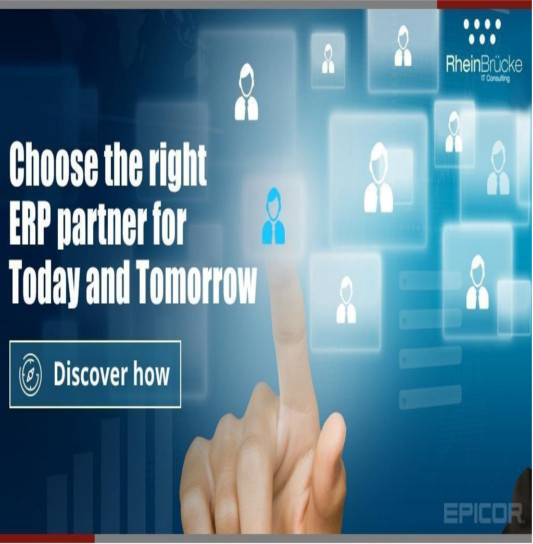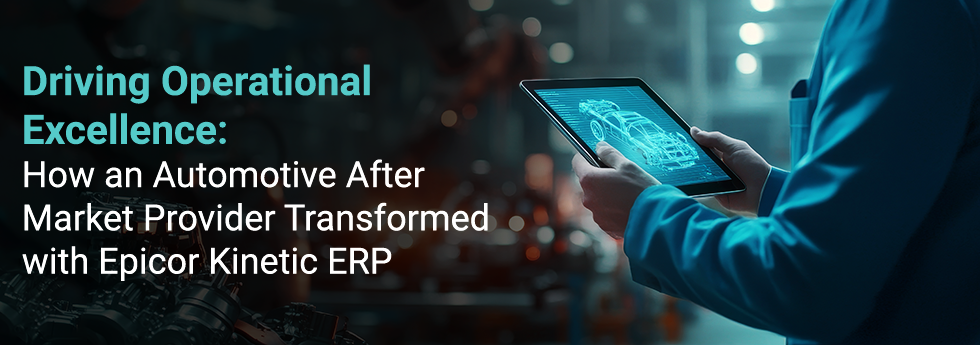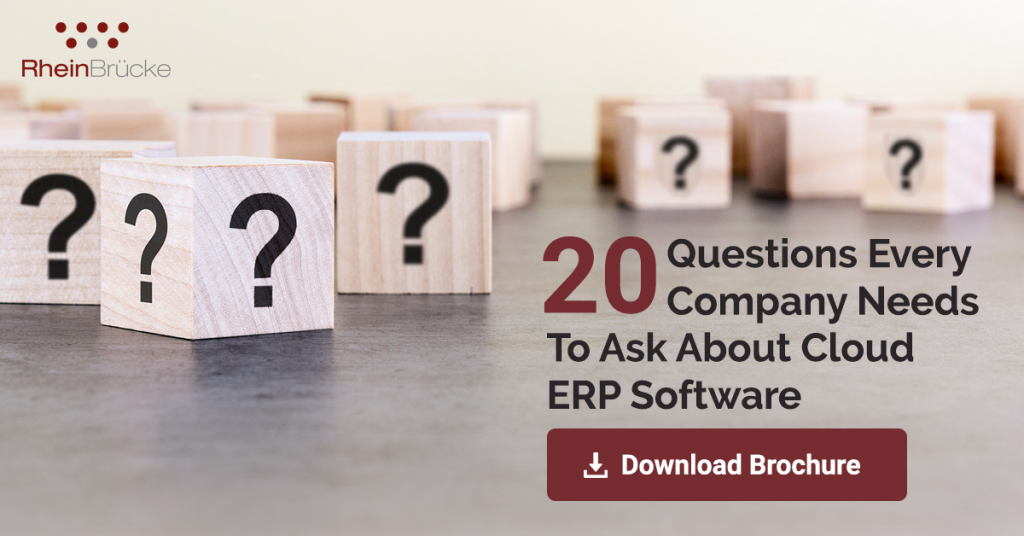

No matter how difficult your current operational and technical environment, convincing senior management to invest in ERP is far worse. The bottom line is everyone wants to earn money but nobody wants to spend it. Well, the secret lies in a simple ERP ROI calculation or ERP ROI Analysis.
Remember the door to door salesman of a bygone era who came around selling insurance policies? They don’t make marketers like that anymore. They had one objective, SELL, and one marketing strategy, ROI. They told you what your insurance could give you in 2, 5, and 10 years or after your death. If someone can convince you to earn money after your death then that’s good marketing.
Similarly, selling anything to anyone requires you to convince them that the invested money is not completely lost but will be recovered in a stipulated period of time and better still, the word profit is a definite can-do.
Contradictorily, companies complain that an investment in ERP Software requires copious amounts of money, time, and commitment but also admit to ERP being a necessary infrastructure. However necessary goals for infrastructure are often ignored and ROI is not estimated prior to major projects or calculated after project completion. Studies have shown that ERP projects can often go almost 11% over budget and close to 20% past the targeted completion time. This can make an organization nervous, as they understandably want to reach their ERP Return on Investment (ROI) as quickly as possible.
Here are 3 reasons why a ROI analysis is a potential game-changer in any ERP discussion:
3 reasons why an ERP ROI analysis is a potential game-changer
1. A number game:
Management most often don’t understand the level of urgency when it comes to inefficiencies in processes and systems. Their main focus is numbers. A ROI can provide the correlation between process/system efficiencies and investment in ERP. According to a report by Oracle, for every dollar invested in ERP, companies have a return of approximately $7.23, for a 723% ROI.
A leading digital assets management company based in Germany decided to move away from their legacy system and upgrade to a new ERP system. The main objective was to reduce IT costs, increase revenue recognition and improve the overall productivity of their employees. The company calculated the total costs of the implementation over a 3-year period, and found the annual ROI to be 91% with a payback period of 8 months; resulting in an average annual benefit of $47,039 and $30,000 in annual IT costs savings
2. Transparency in ERP Costs:
An ROI analysis gives a structural breakdown on all costs incurred before, during and after the implementation process. An expense justification includes an ERP Total Cost of Ownership (TCO) to estimate the total cost to license, implement, train and maintain a system over a 5-10 year period.
Purchase costs: These are costs associated with computer hardware, OS and other tools. The software may have a list price that may be variable by module. The price might also be based on the number of user licenses. There could be further IT infrastructure requirements like database servers and upgraded PCs that are not part of the implementation but are required as a result of the ERP implementation.
Implementation expense and Maintenance fees: The Cost of ERP Implementation is based on several factors such as system architecture, number of users, applications and level of customization required, migration, etc. Maintenance fees are ongoing annual fees charged by the vendor to provide support and ongoing development for the product. The fees are generally a percentage (between 18%-25%), and applied to the cost of the software. Over the course of time, maintenance fees exceed purchase price in the total cost of ownership.
3. Visibility of returns:
Once you’ve estimated the cost of your chosen ERP software, estimating expected benefits over a period of time is the next step. This part of the ROI calculation is complicated because there are several tangible and intangible benefits of an ERP implementation. Estimating benefits will include statistics from various reports. Benefits will largely occur from the Reduction of inventory level, operation cost, labour cost and improved production. This will lead to a direct impact on profit and loss account and the reduction in inventory will ensure the release of additional cash towards yearly saving, based on the organization’s standard internal rate of return. The relationship between time-phased cost and benefit will project a time-phased ROI, which will be negative at the outset and will turn positive over the payback period.

Measurable benefits of ERP Implementation
Decreased inventory management cost: ERP software helps to accelerate the time-to-market of slow-moving inventory by finding new and quicker ways to deliver services and products. The benefit of reducing inventory allows for better plant utilization and takes away extra costs associated with handling inventories. Research suggests that ERP saves companies approximately 15-20% of their current warehouse rent, utilities, maintenance, as well as theft and damage insurance.
Minimized material cost: ERP systems provide negotiation information to suppliers such as projected material requirements by commodity group and vendor performance statistics. Giving suppliers better visibility of future requirements helps them achieve efficiencies that can be passed on as lower material costs.
Labour cost reductions: Automated features eliminate manual processes, allowing you to better allocate worker time and reduce overtime costs. You can measure reduced labour by estimating the number of hours your personnel have saved in a year and multiplying it by their hourly wage.
Improved customer service: Delivering the right goods to the right customer is a key business strategy. Companies can measure the level of customer service based on the average percentage of on-time deliveries and the order fulfilment time. These improvements in customer service can lead to fewer lost sales and actual increases in sales.
Improved accounting controls: Improved collection procedures can reduce the number of days of outstanding receivables, thereby providing additional available cash. Accurate invoice creation directly from shipment transactions, timely customer statements improves credit management and receivables practices. Credit checking during order entry and improved handling of customer inquiries further reduces the number of problems.
When considering an ERP for the business, it is imperative to find a vendor who can provide rapid implementation. The estimated cost along with implementation time should be a deciding factor while comparing ERP vendors. Benchmark the ERP implementation by comparing your case with businesses of similar size or character. A project plan with clear timelines, mentioning milestones that need to be achieved can help you stay on top of the implementation project as well as provide clear indicators to calculate ROI.
Click here – to learn how EPICOR ERP can achieve cost savings and business benefits for your organization.
How to Calculate ROI for ERP? – Watch Now




